The split step puts a player into the ready position and allows him to spring in any direction with equal ease to better intercept the passing shot or cover the lob. Advanced players will sometimes recognize a completely vulnerable opponent and wisely skip the approach shot and split step. In this situation, the player charges straight to the net and steals a volley.
If the player does need to perform a split step, he or she is now ready to spot the intended location of the incoming ball. Once this occurs, the preparation part of the swing begins.
This is the synchronization of the upper-body coil—or shoulder turn—with the desired placement of the backswing for the optimal strike zone (pictured on Page 1).
More: 4-Step Plan to Stay Calm on the Court
Ideally, the length of the backswing is the distance the racquet travels while the player is turning the shoulders; the racquet face should be lined up at the level of the incoming ball. This is true on both the forehand and backhand volleys. On the backhand volley, added assistance is provided by the nondominant hand on the racquet's throat, which can help position the racquet.
At this stage, the player also starts to lay the groundwork for volley choices. When hitting a knee-level volley from around the service line, a player may choose to hit a "building" volley that is deep in the opponent's court and allows for more progress toward the net and a more offensive position.
More: 4 Volleys Every Tennis Player Should Know
If the opponent's shot is floating softly, this may be an opportunity to close quickly and finish the point with a high-volley winner. Adjusting to the situation is a critical factor at the preparation stage.
Impact: Hitting a successful volley begins with the transfer of energy through the kinetic chain into the ball. This movement starts from the feet and culminates with the racquet.
The best volleyers understand the importance of moving their body forward and into the shot. The general rule is to step forward with the nondominant foot on a forehand and with the dominant foot on a backhand. The only swinging motion on a standard volley is the uncoiling of the shoulders to bring the racquet to the contact point.
World-class volley technique applies the art of acceleration-deceleration. A compact, violent acceleration through contact is needed, followed by an abrupt deceleration of the racquet head. Using a large swing causes issues related to control and consistency.
More: 10 Steps to Improve Your Consistency
The player should time the impact so that the racquet meets the ball just in front of the hitting shoulder with a square racquet face, as though catching the ball on the strings.
The player should drive the racquet through impact with a short, controlled follow-through. This is often referred to as a "punching" motion. Think of it as a jab rather than a roundhouse hook. A compact volley motion uses the pace of the opponent's passing shot and redirects it back to the desired location.
Transitioning
Transitioning or moving through the volley can often be advantageous. Advanced volleyers will accelerate through a volley, but they will almost never stop. They smartly keep their center of gravity moving forward into the court.
An old-school tip that people sometimes give to volleyers is that they should stop and volley. This tip is outdated. Think of an automobile stopping abruptly. The inertia pulls the front end of the car violently downward. If a volleyer abruptly stops, the same laws of physics apply. This violent, downward acceleration most often pulls the ball directly into the net.
Running through the volley benefits the net-rusher in three distinct ways:
- It puts the rusher in a tighter net position, which translates into hitting more volleys higher in the strike zones.
- It limits the opponent's passing shot angles.
- It offers greater angles to finish the point with a winning volley.
More: How to Choose the Right Shot
 Search for your next tennis event.
Search for your next tennis event.
- 3
- of
- 3

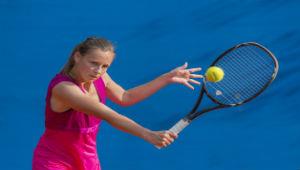
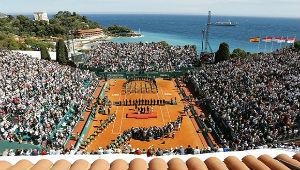
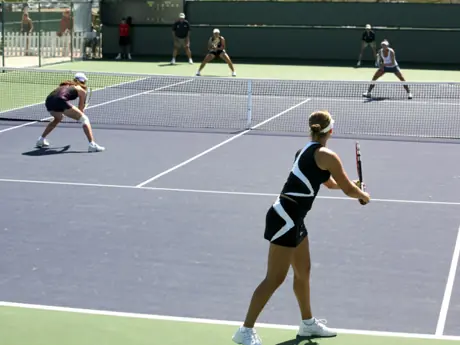
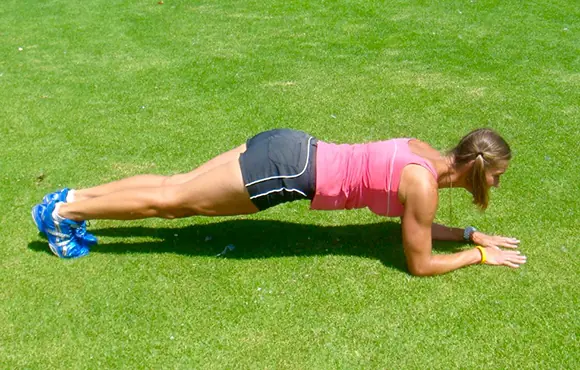
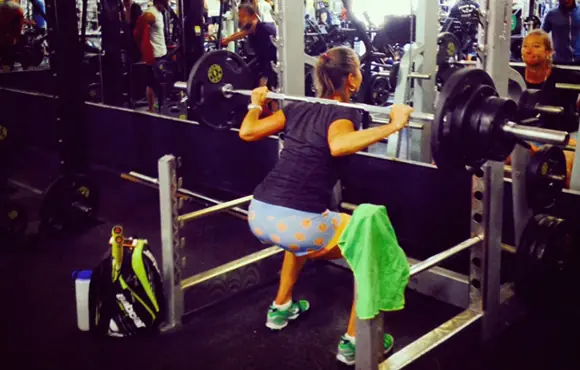

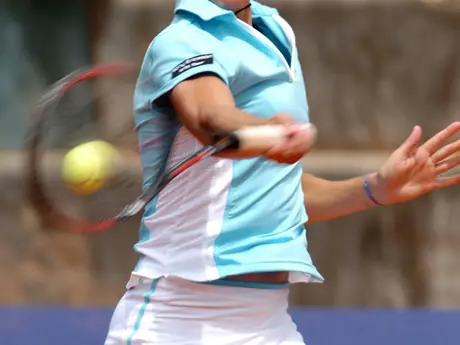
Discuss This Article